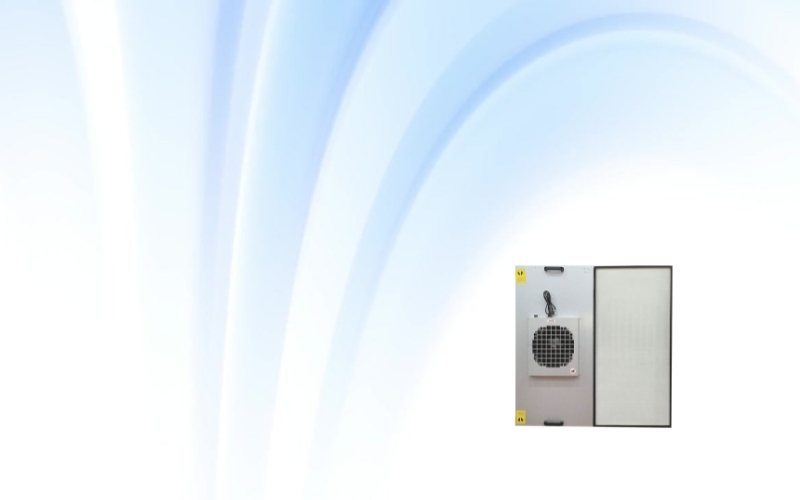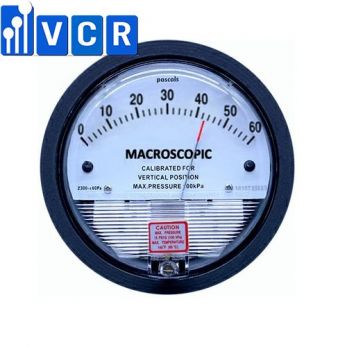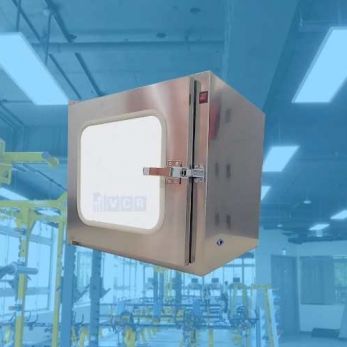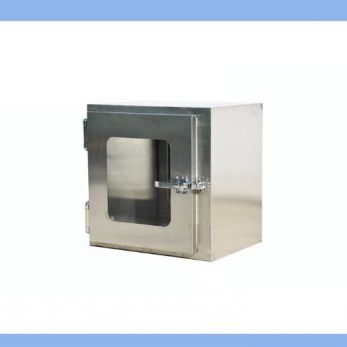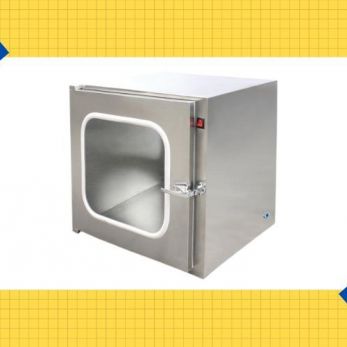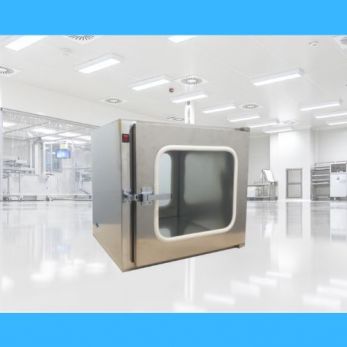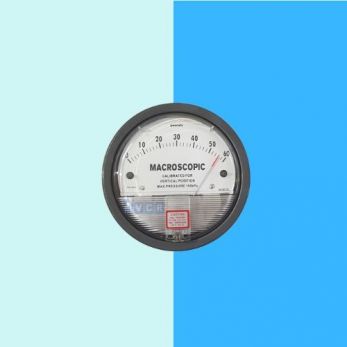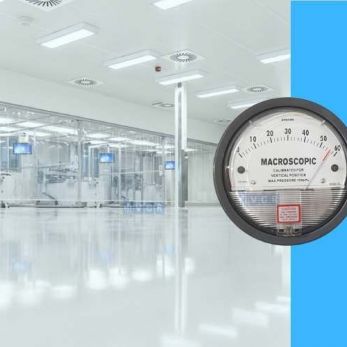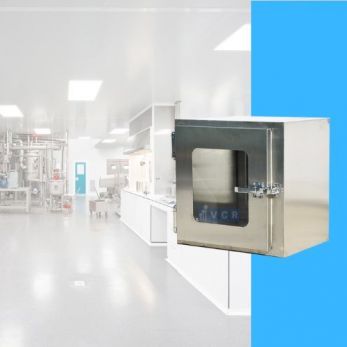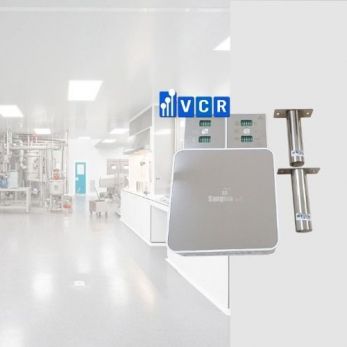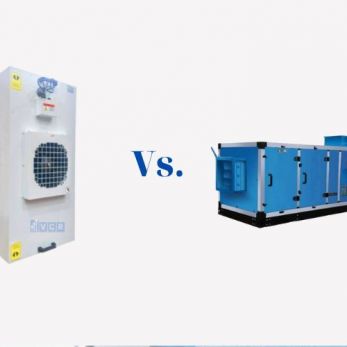The fan filter unit influence on HEPA filter
In the case of the particles in cleanroom, when the air velocity of fan filter unit is lower, the airflow stays in the filter material for a longer time, and the particles hit obstacles, so the filtration efficiency is higher.
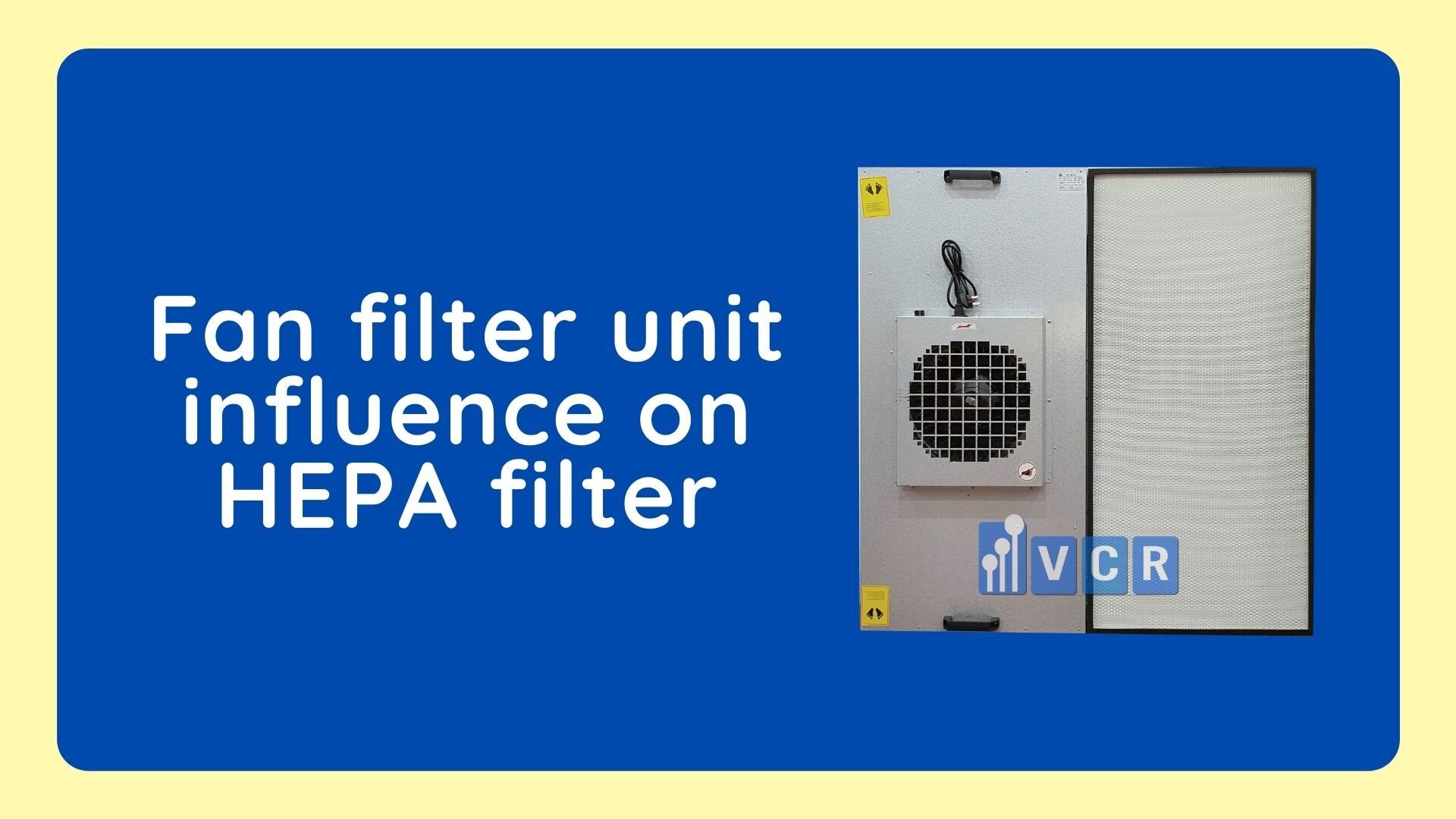
According to Brownian motion, particles in a medium move randomly as they constantly collide with other molecules. The movements may arise from temperature differences and wind in the atmosphere, or from ventilation systems, the movement of persons or objects in indoor environments.
In the case of the particles in cleanroom, when the air velocity of fan filter unit is lower, the airflow stays in the filter material for a longer time, and the particles hit obstacles, so the filtration efficiency is higher.
If the wind speed is reduced by half, the dust transmission rate will be reduced by nearly an order of magnitude (the efficiency value is increased), and if the wind speed doubles, the transmission rate will be increased by an order of magnitude (the efficiency is reduced).
The filter is electrostatically charged. The longer the particles stay in the filter surface, the higher the probability of them being absorbed by the filter. Changing the air velocity of the fan filter unit will significantly change the filtration efficiency of electrostatically charged materials.
When designing the air conditioning system for cleanroom, if you figure out there is static electricity on the material, you should reduce the air volume passing through each filter as much as possible.
According to traditional theory, for large particles dominated by inert mechanisms, after wind speed is reduced, the probability of them colliding with the fibers decreases, which leads to a decrease in the filtration efficiency. However, this effect is not obvious in practice. The wind speed is lower, the rebound force of the fiber to the dust is also smaller, therefore the dust is more likely to be stuck.
The higher the air velocity is, the higher the resistance is. If the service life of HEPA filter is based on the final resistance, the high air velocity will reduce the service life of the filter. It is difficult for users to observe the influence of air velocity on filtration efficiency, but it is much easier to observe the influence of air velocity on resistance.
For HEPA filters, the velocity of airflow through the filter is generally 0.01 to 0.04m/s. Within this range, the resistance of the filter is directly proportional to the air volume of the filter. For example, a 484×484×220mm HEPA filter has an initial resistance of 250Pa at a rated air volume of 1000 m3/h. If the actual air volume in use is 500 m3/h, its initial resistance can be reduced to 125Pa.
For the general ventilation filter in the HEPA box, the speed of the air passing through the filter material is within the range of 0.13~1.0m/s. The resistance and the air volume are no longer in a linear relationship, but an upward arc, the air volume increases by 30%, and the resistance may increase by 50%. If the filter resistance is a very important parameter for you, you have to ask the filter supplier for the resistance curve.
Vietnam Cleanroom Equipment (VCR) specializes in providing cleanroom equipment for construction contractors.
We provide high-quality products with competitive prices and large quantities nationwide. The equipment includes:
Differential pressure gauge, FFU Fan Filter Unit, Pass box, Clean room air filter, HEPA box, Clean booth, cleanroom steel door, Isolator cabinet, and other equipment






